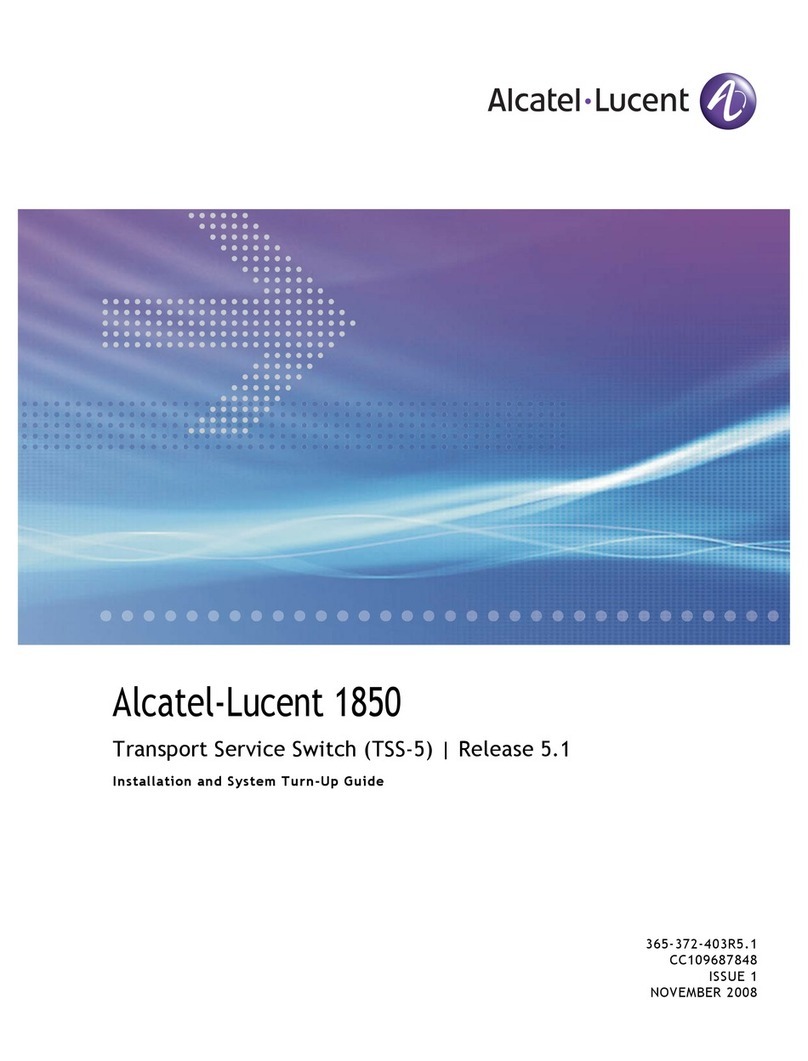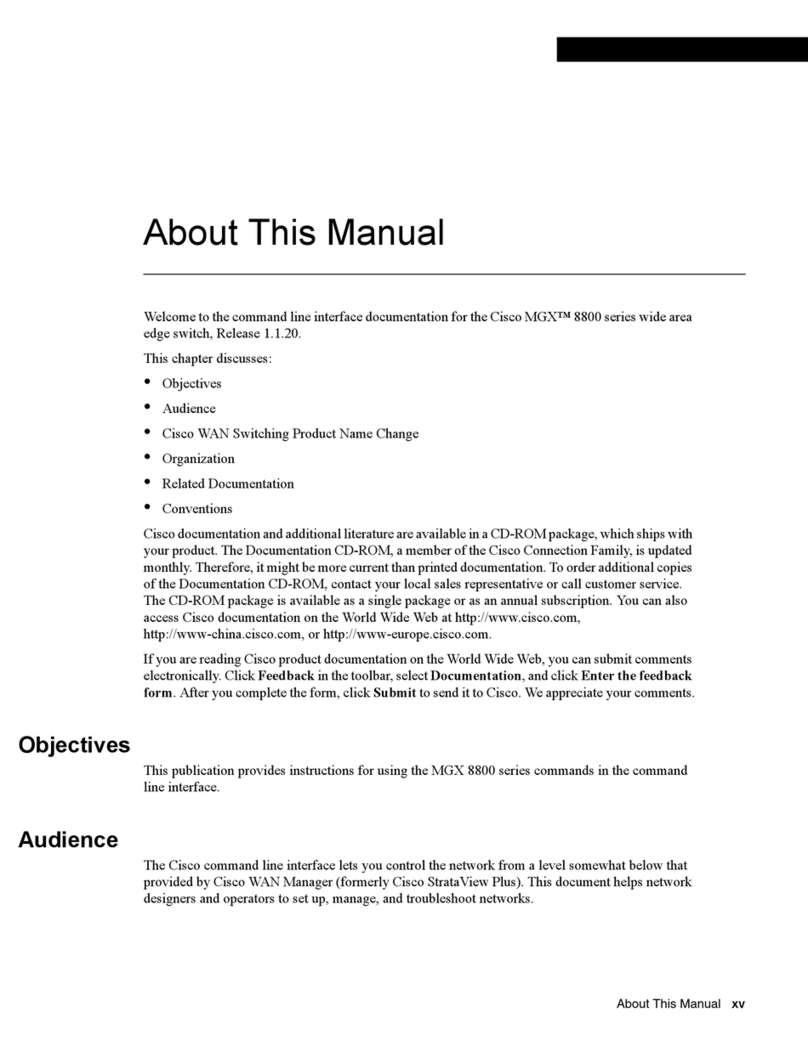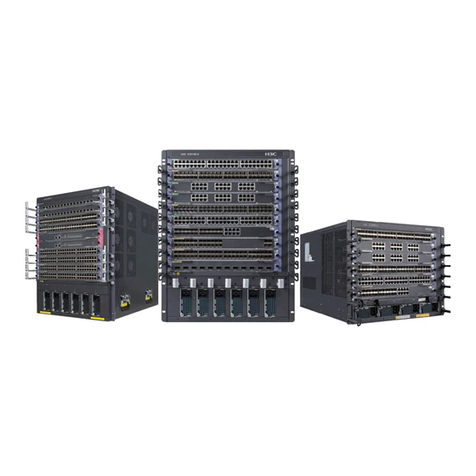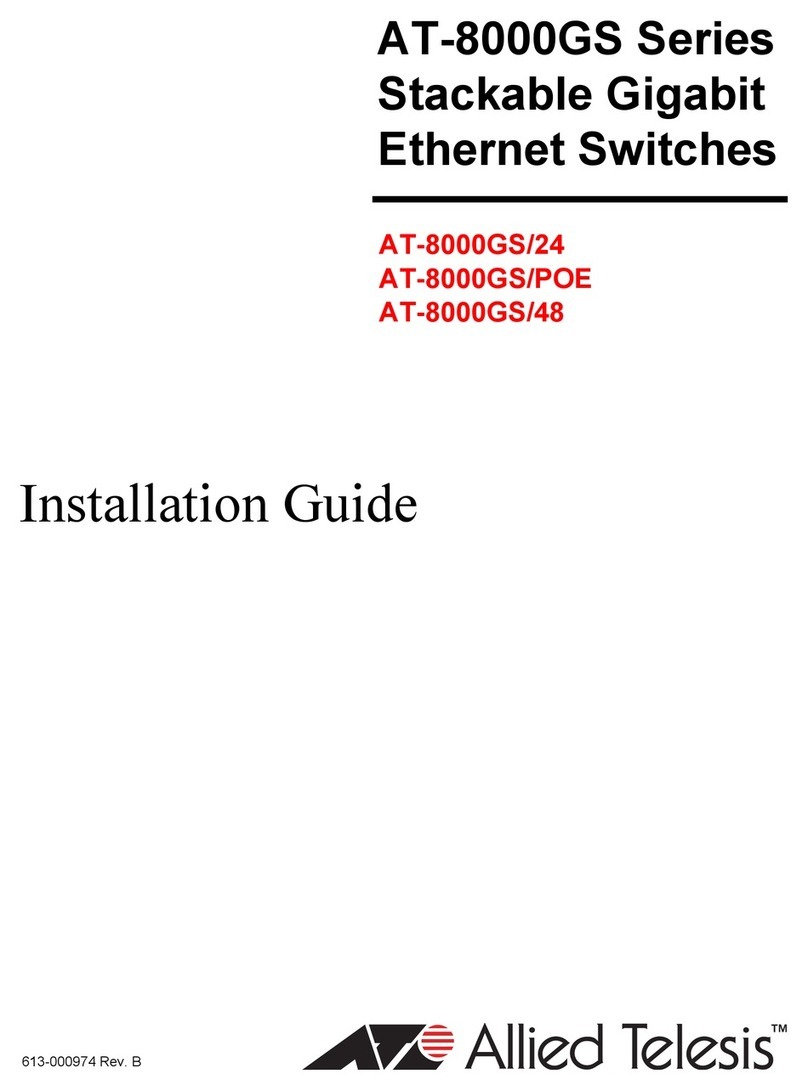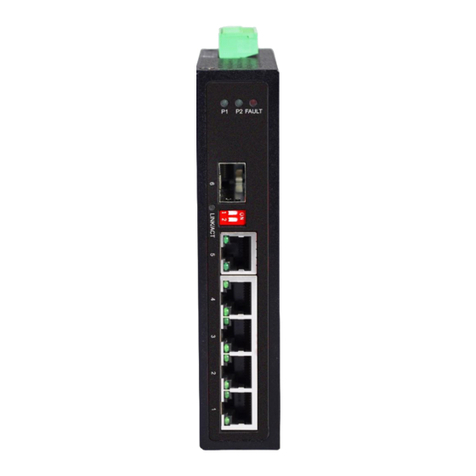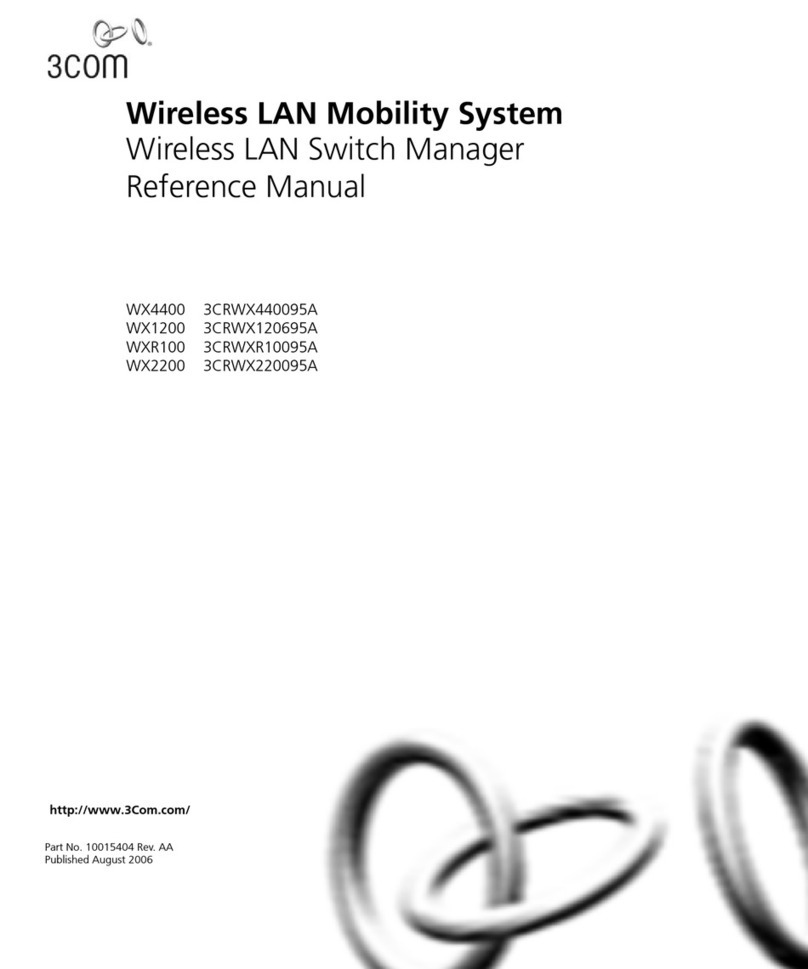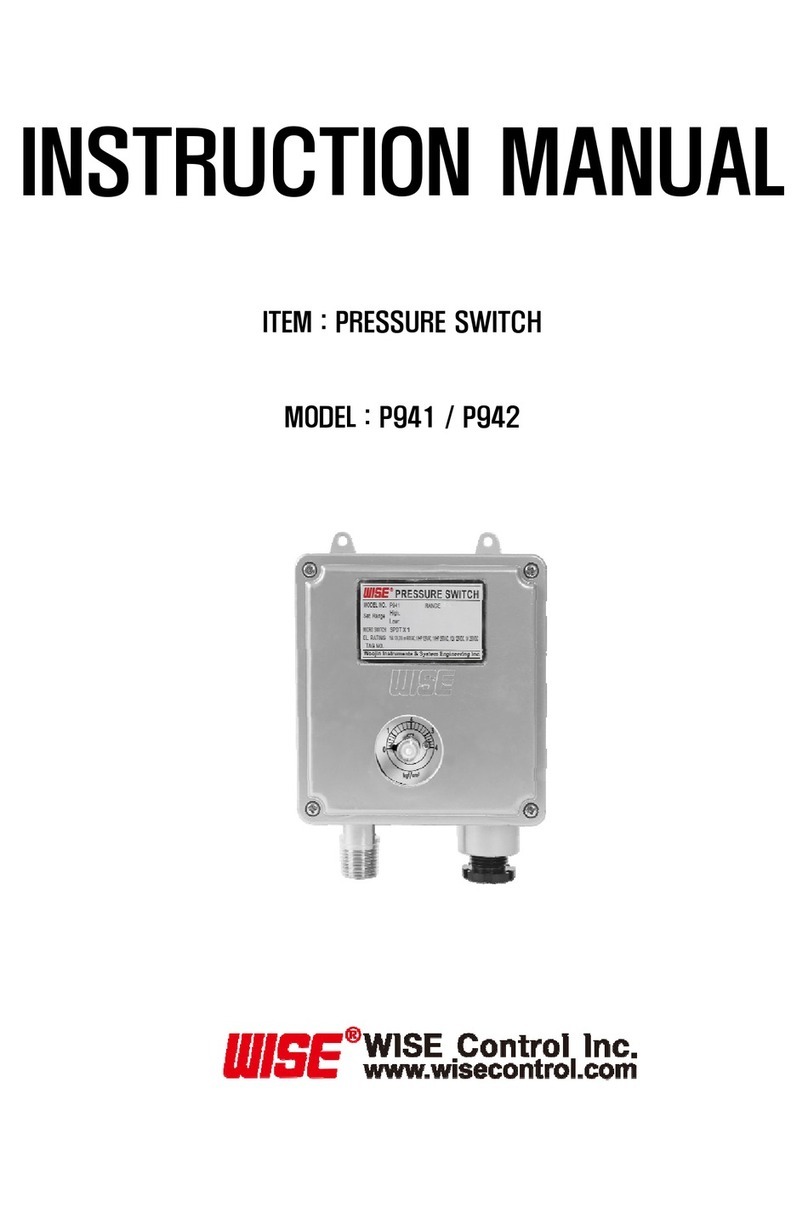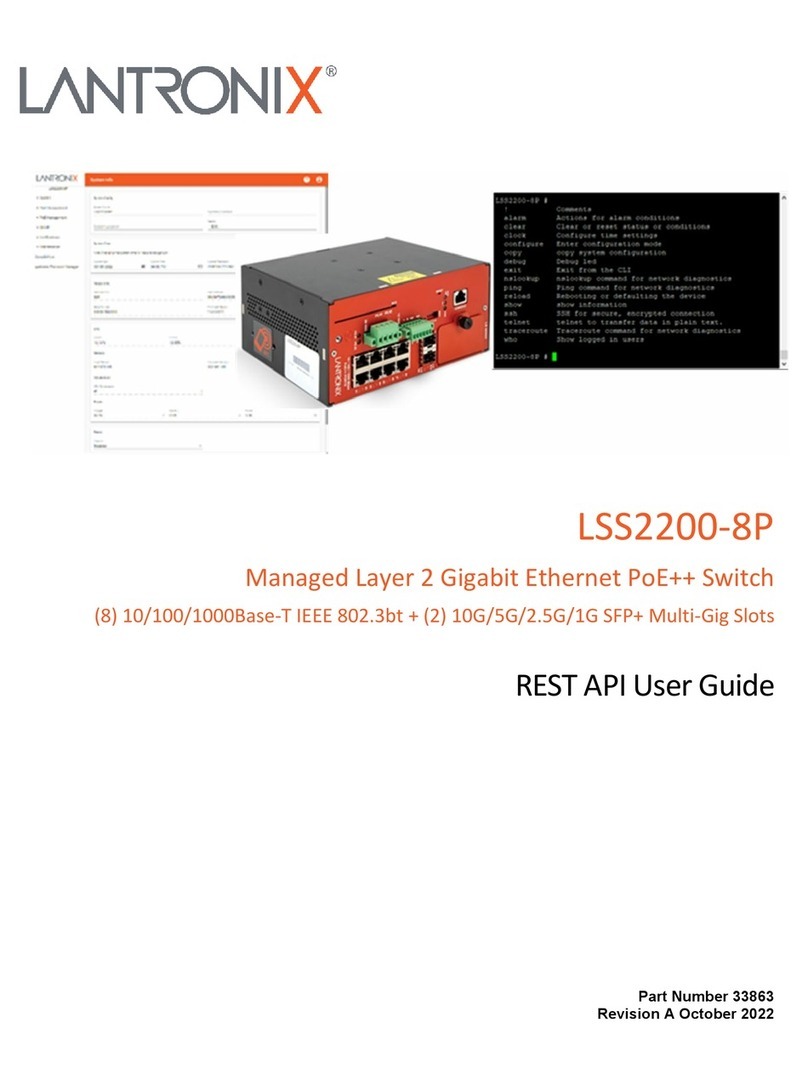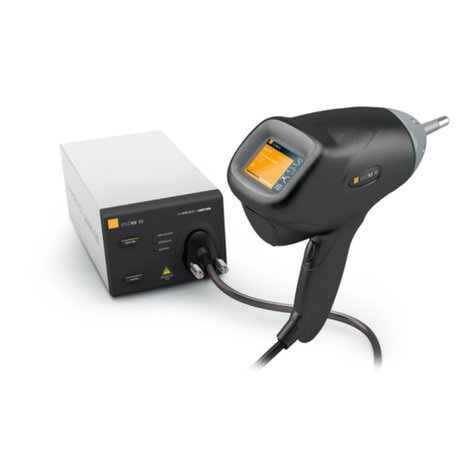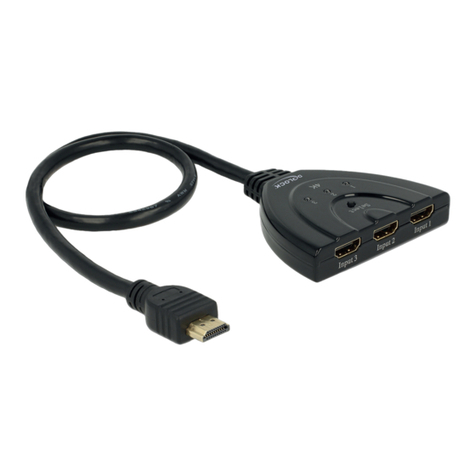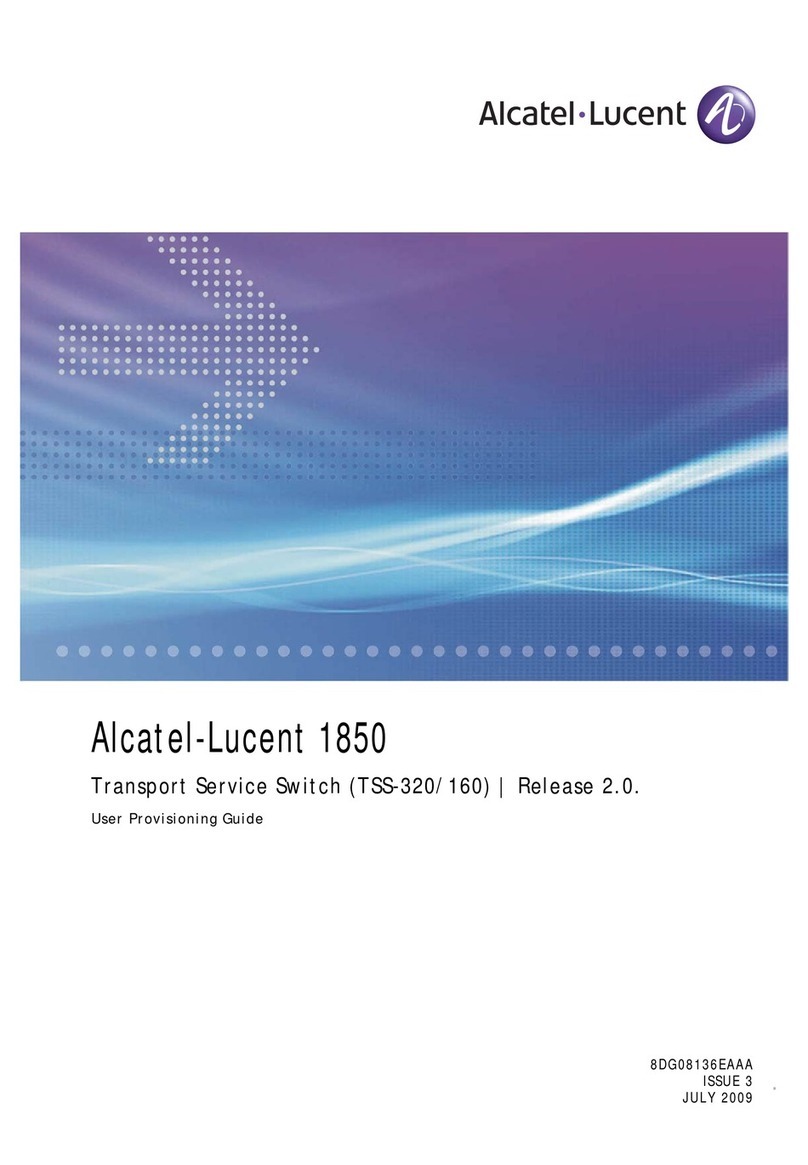Hobby-Wing 3A UBEC User manual

Bedienungsanleitung
Best.-Nr. 86010010
Getaktetes Digital BEC 3A
Der Digi-Voltage-Control Spannungsregler bietet die Möglichkeit, die Empfangsanla-
ge im Modell aus dem Antriebsakku zu versorgen. Die Eingangsspannung darf dabei
zwischen 5,5V und 26V liegen.
Im Gegensatz zu herkömmlichen Reglern mit BEC-Schaltkreis, kann der Digi-
Voltage-Control wesentlich höhere Ströme liefern und eine sichere Stromversorgung
garantieren. Besonders bei Servos mit hoher Stromaufnahme und Antriebsakkus mit
hohen Spannungen, kommt es schnell zur Überlastung der herkömmlichen BEC-
Schaltkreise. Dies führt zu einer starken Hitzeentwicklung und kann zu Aussetzern in
der RC-Anlage führen.
Technische Daten
Ausgangsspannung: 5V/3A oder 6V/3A wählbar
Eingangsspannung: 5,5-26,9V (2-6 Zellen LiPo oder 5-18 Zellen NiMH-Akkus)
Abmessungen: 41,6x16,6x7,0 mm
Gewicht: 11g
Features
Das Digital BEC besitzt einen Überlast- und Temperaturschutz. Der Wirkungsgrad
des Spannungsreglers liegt bei ca. 90%. Durch die geringen Abmessungen past der
digitale Spannungsregler in nahezu jedes Modell.
Im Vergleich zu linearen BEC-Schaltkreisen arbeitet das Digital BEC deutlich efzi-
enter. Dies soll an einem Beispiel verdeutlicht werden:
Ein BEC-Regler liefert 5V/1A Ausgangsleistung und wird an einen 4-zelligen LiPo-
Akku mit 14,8V angeschlossen. Die Eingangsleistung beträgt 14,8V x 1,0A = 14,8W.
Die Ausgangsleistung beträgt jedoch nur 5V x 1,0A = 5W. Somit hat das herkömmli-
che BEC einen Wirkungsgrad von 5W / 14,8W = 33,8%. Im Umkehrschluss werden
9,8W in Wärme umgewandelt.
Bei dem Digital BEC mit einer Ausgangsleistung von 5V/1A beträgt die Stromauf-
nahme des BEC nur 0,38A. Die Eingangsleistung beträgt 14,8V x 0,38A = 5,6W. Der
Wirkungsgrad beträgt somit 5W / 5,6W = 89,3%.
Das Digital BEC ist mit einem Verpolungsschutz ausgestattet. Im Falle einer Verpol-
ung wird die Elektronik nicht beschädigt.

Die elektronischen Bauteile auf der Platine sind weitestgehend abgeschirmt. Die
Kabel sind mit einem Ferrit-Kern ausgestattet, um Störungen der RC-Anlage auszu-
schließen.
Der Anschluss des Digital BEC
WICHTIGER HINWEIS: Der digitale Spannungsregler erzeugt ein elektroma-
gnetisches Feld. Montieren Sie den Spannungsregler mindestens 5 cm oder
mehr vom Empfänger entfernt im Modell!
Elektronischer Regler OHNE BEC-Funktion
In diesem Fall erfolgt der Anschluss wie in dem nachfolgenden Diagramm darge-
stellt. Der digitale Spannungsregler wird mit dem Antriebsakku verbunden. Der
Servostecker wird in einen freien Kanal des Empfängers gesteckt.
Elektronischer Regler MIT BEC-Funktion
In diesem Fall muss zunächst die BEC-Funktion des Reglers deaktiviert werden!
Dies kann entweder über die Software im Regler erfolgen oder es wird der ROTE
DRAHT des Empfängeranschlusskabels des Reglers unterbrochen.
Unser Tip: Ziehen Sie einfach den Anschluss des
roten Drahtes aus dem Stecker und isolieren Sie
den Metallkontakt mit Schrumpfschlauch.
Empfänger
Akku
Regler
Digi-Voltage-
Control
-
+
Empfänger
Akku
Regler
Digi-Voltage-
Control
-
+
Hype • Nikolaus-Otto-Str. 4 • D-24568 Kaltenkirchen
Helpdesk: 04191-932678 • [email protected] • www.hype-rc.de

Instruction Manual
Item-No. 86010010
3A Switch-Mode UBEC
1. Why do you need UBEC?
The UBEC is a switch-mode DC regulator separated from ESC (ESC---Electronic Speed
Controller for brushless/brushed motor), it will take high-voltage (5.5V to 26V) power from your
battery pack and convert it to a consistent safe voltage for your receiver, gyro and servos.
For traditional speed controller with a built-in BEC, it will very likely have only a limited ability to
supply power to your receiver and servos without overheating. If you are using a high-voltage
battery pack or have heavy servo load, you should consult the ESC specications to determine
what the stated recommendations or limitations are. In general, if you are using a 4 cells lithium
battery pack, or more than a 12 cells Nickel based battery pack, you should consider using an
UBEC because in such a case the built-in BEC of the ESC can support only 2 servos, which
means it is not suitable for RC helicopter and big aircraft.
2. Specication:
2.1. Output: 5V/3A and 6V/3A switchable
2.2. Ripple: <50mVp-p(@2A/12V)
2.3. Input: 5.5V-26V (2 to 6 cells Lipo battery pack, 5 to 18 cells NiMH battery pack)
2.4. Size: 51mm*16.6mm*8.5mm (length*width*height)
2.5. Weight: 11.5g
3. Features:
3.1. The UBEC is an advanced switching regulator with over-current and over-heat protection
function, and the maximum efciency of the system is nearly 90%.
3.2. The small size and the light weight make it very convenient to use.
3.3. The comparison of linear BEC and switch-mode BEC: When using a lithium battery pack
more than 3S, a switch-mode BEC has much higher efciency than linear BEC.
• For a traditional linear BEC, For example, a 4S lithium battery pack has a typical voltage of
14.8V, in order to let BEC output 5V/1A, the current ow into the BEC is at least 1A, so the po-
wer on BEC is 14.8V* 1A=14.8W. But the useful output power is only 5V*1A=5W, so the efci-
ency of the linear mode BEC is just 5W/14.8W=33.8%, the redundant power 14.8W-5W=9.8W
changes to heat, which makes the BEC very hot.
• For a switch-mode BEC in the above case, in order to let BEC output 5V/1A, the current ow
into BEC is only 0.38A (actual test data), so the power on BEC is 14.8V* 0.38A =5.6W, and the
efciency of BEC is 5W/5.6W=89.3%.

3.4. Don’t worry about the polarity of battery pack. If the polarity is not correct, the UBEC can’t
work, but it will not be destroyed. What you need to do is just swap the battery pack polarity.
3.5. A shield covers almost all the electronic components on PCB, and a ferrite ring is attached
with the output wires to decrease the electromagnetic interference.
4. How to use UBEC?
4.1. Important hint: Switch mode UBEC may cause some electromagnetic interference
to receiver, Please install the UBEC with a distance at least 5cm away from the receiver.
4.2. When ESC HAS NOT built-in BEC function
No change is needed for the ESC, just connect the input cables of UBEC with the battery, and
plug the output cable (connector) of the UBEC into one spare channel of the receiver.
4.3. When ESC HAS built-in BEC function
You must disable the built-in BEC function of the ESC, i.e. you need to cut the red wire in the
trio of receiver wires. Simply use a pair of wire cutters to remove a short section of the red wire
near the receiver connector, and insulate the cut wire with a bit of electrical tape.
Suggestion: You can use a sharp screwdriver to take the pin (with red wire) out from the BEC
connector of the ESC, and then insulate it with a bit of electrical tape for further use, so you
needn’t cut the red wire by this method.
Battery
Pack
ESC
UBEC
Receiver
The color of trio wires:
white/red/black (from top to bottom)
+
-
red
black
Battery
Pack
ESC
UBEC
Receiver
+
-
red
black
Cut the red wire in the trio of
receiver wires
Hype • Nikolaus-Otto-Str. 4 • D-24568 Kaltenkirchen
Helpdesk: 04191-932678 • [email protected] • www.hype-rc.de
Table of contents
Languages:
Popular Switch manuals by other brands
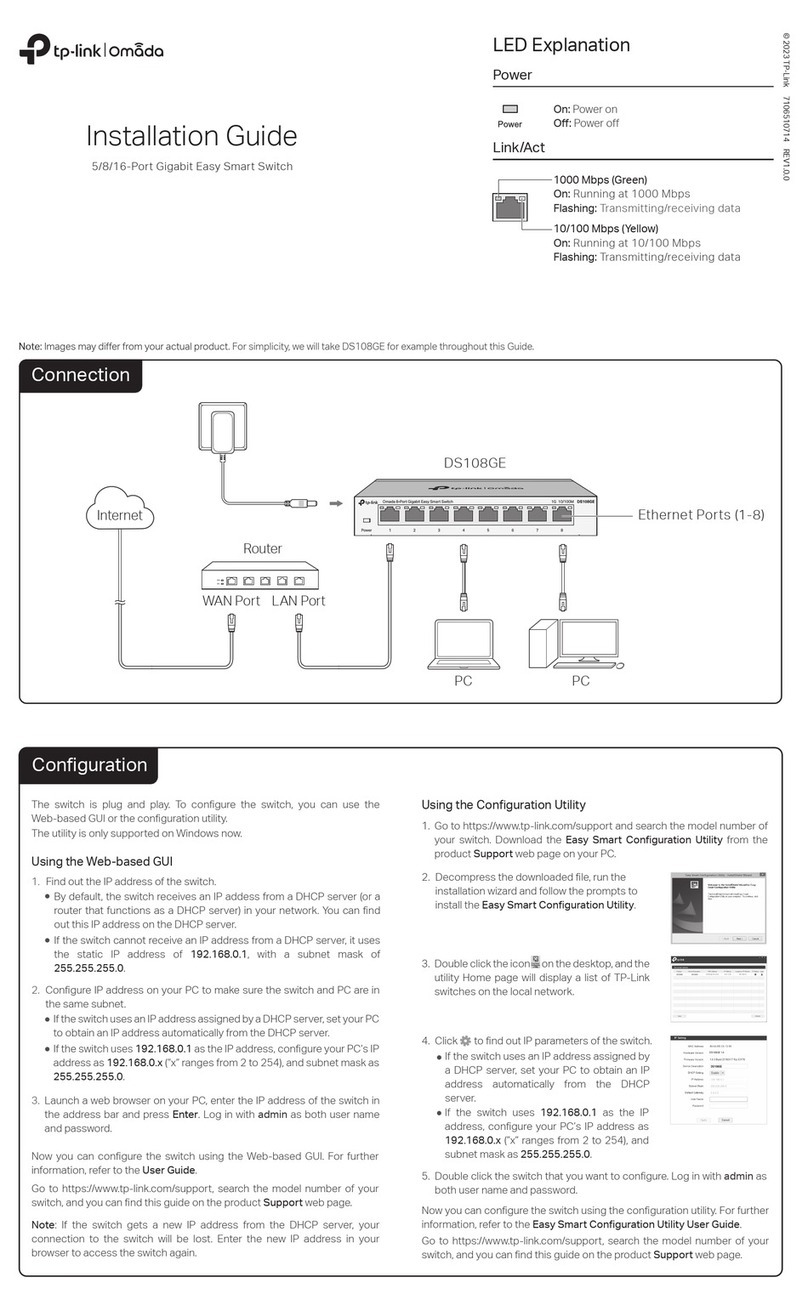
TP-Link
TP-Link DS108GE installation guide
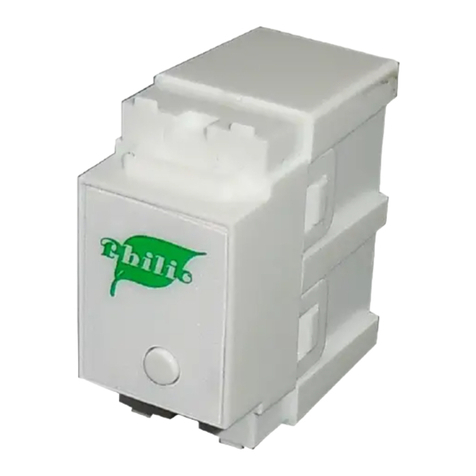
Philio Technology Corporation
Philio Technology Corporation PAN10 user manual
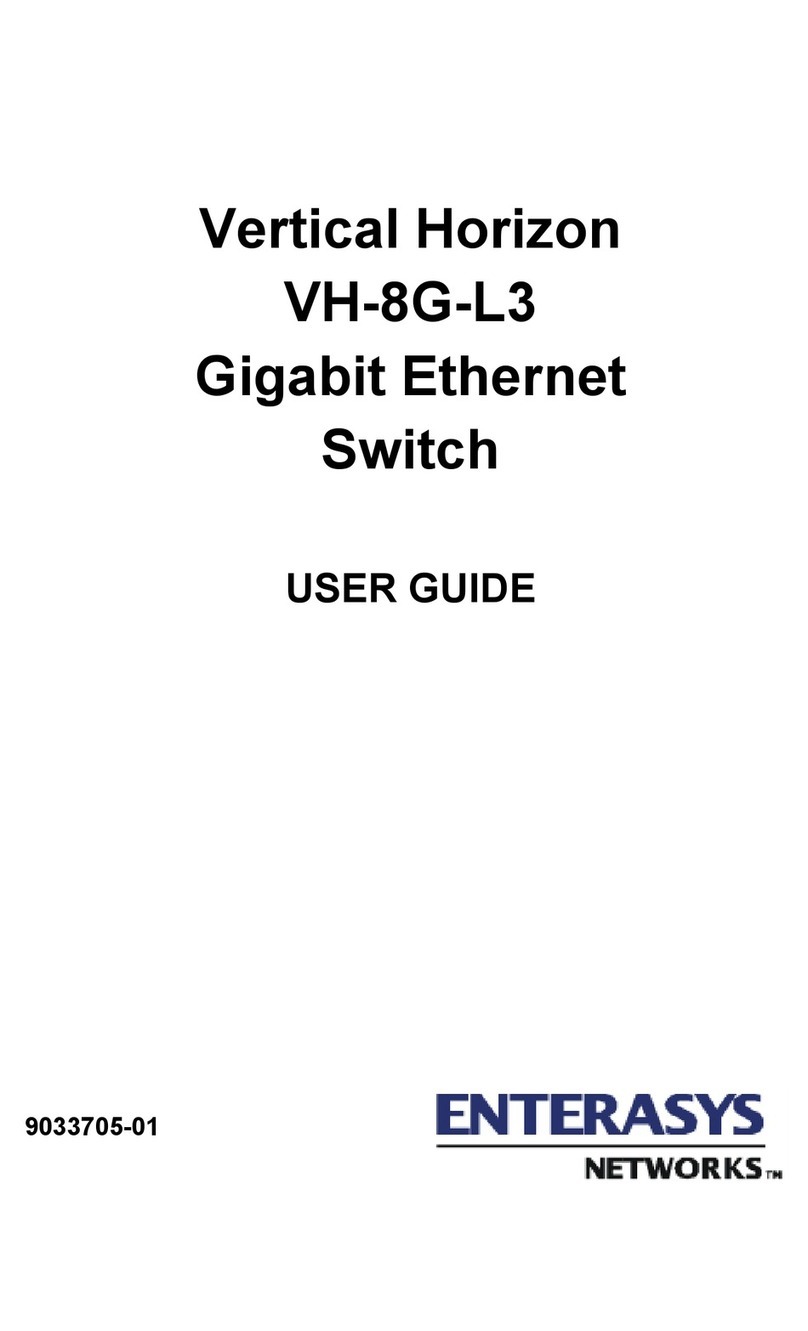
Enterasys
Enterasys VH-8G-L3 user guide

Transition Networks
Transition Networks SESPM1040-541-LT Series quick start guide

Ovislink
Ovislink Air Live POE-GSH1008ATU Quick setup guide

B&B Electronics
B&B Electronics 232BSS4 instruction manual
